Psychology behind social media addiction
The psychology behind social media addiction
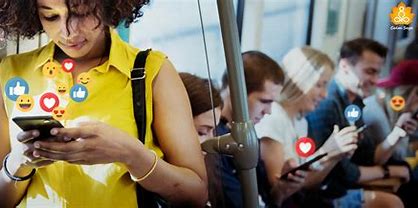
The psychology behind social media addiction is complex and involves several factors related to human behavior, cognitive patterns, and emotional responses. Below are some key psychological mechanisms that contribute to social media addiction, especially among teens:
1. Dopamine and Reward System
Social media platforms are designed to trigger the brain’s reward system by offering instant gratification. Each like, comment, or share on a post releases dopamine, the feel-good neurotransmitter. This creates a cycle of pleasure and reinforcement that encourages users to seek more interactions and validation. Over time, this leads to habitual use, as the brain craves these dopamine hits.
- Variable Reinforcement: Social media platforms often use variable reinforcement schedules (like slot machines). The unpredictability of receiving likes, comments, or messages increases engagement. Sometimes, there’s nothing, but other times, there’s an unexpected boost in attention. This uncertainty fuels compulsive checking.
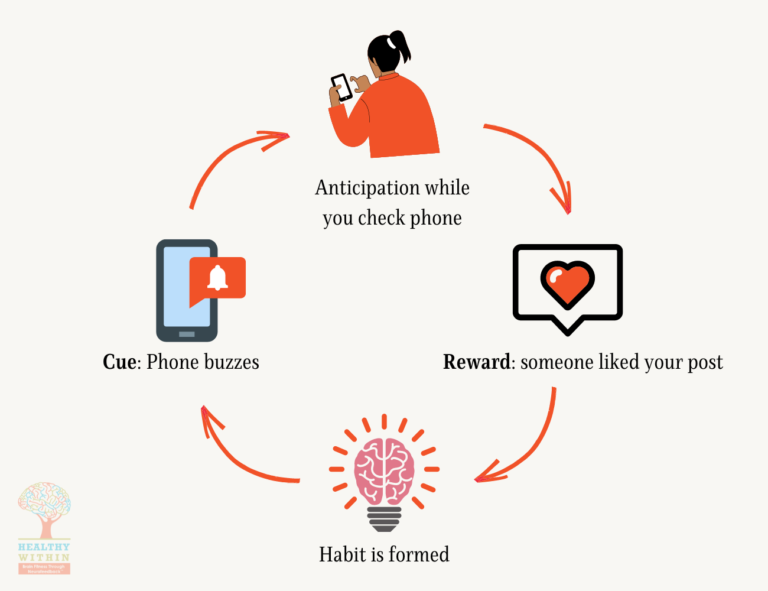
2. Social Validation and Self-Esteem
Many teens (and adults) derive their sense of self-worth from how they are perceived online. The number of followers, likes, and comments can directly influence self-esteem and social status. For teens, this can be especially potent because they are still forming their identity and may look to social media as a reflection of their social standing.
- Fear of Missing Out (FOMO): social media allows teens to see what their peers are doing, which can lead to anxiety and feelings of inadequacy. When they feel left out or not liked enough, they may feel compelled to check their phones constantly, leading to further engagement.
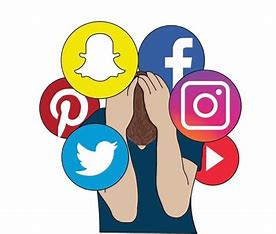
3. Social Comparison
Social media often promotes unrealistic standards of beauty, success, and happiness, which can contribute to negative self-perception. Teens, in particular, are prone to social comparison, constantly measuring themselves against others. This can lead to feelings of inadequacy, jealousy, and anxiety, prompting increased use of social media to seek validation or escape.
- Upward Comparison: Teens may compare themselves to influencers or peers who appear to have more exciting or glamorous lives. This type of comparison can lower self-esteem and make them feel disconnected from their reality, further pushing them to engage more.

4. Peer Pressure and Social Norms
Social media is often driven by trends and peer expectations. Teenagers, who are in the process of developing social identities, may feel pressure to conform to the behaviors and aesthetics they see online. If everyone in their social circle is constantly on Instagram, TikTok, or Snapchat, they may feel compelled to keep up to avoid social exclusion or feel out of the loop.
- Norms of Connectivity: Teens are raised in a time when digital connection is a primary form of communication. Missing out on group chats or social media conversations can lead to feelings of alienation.
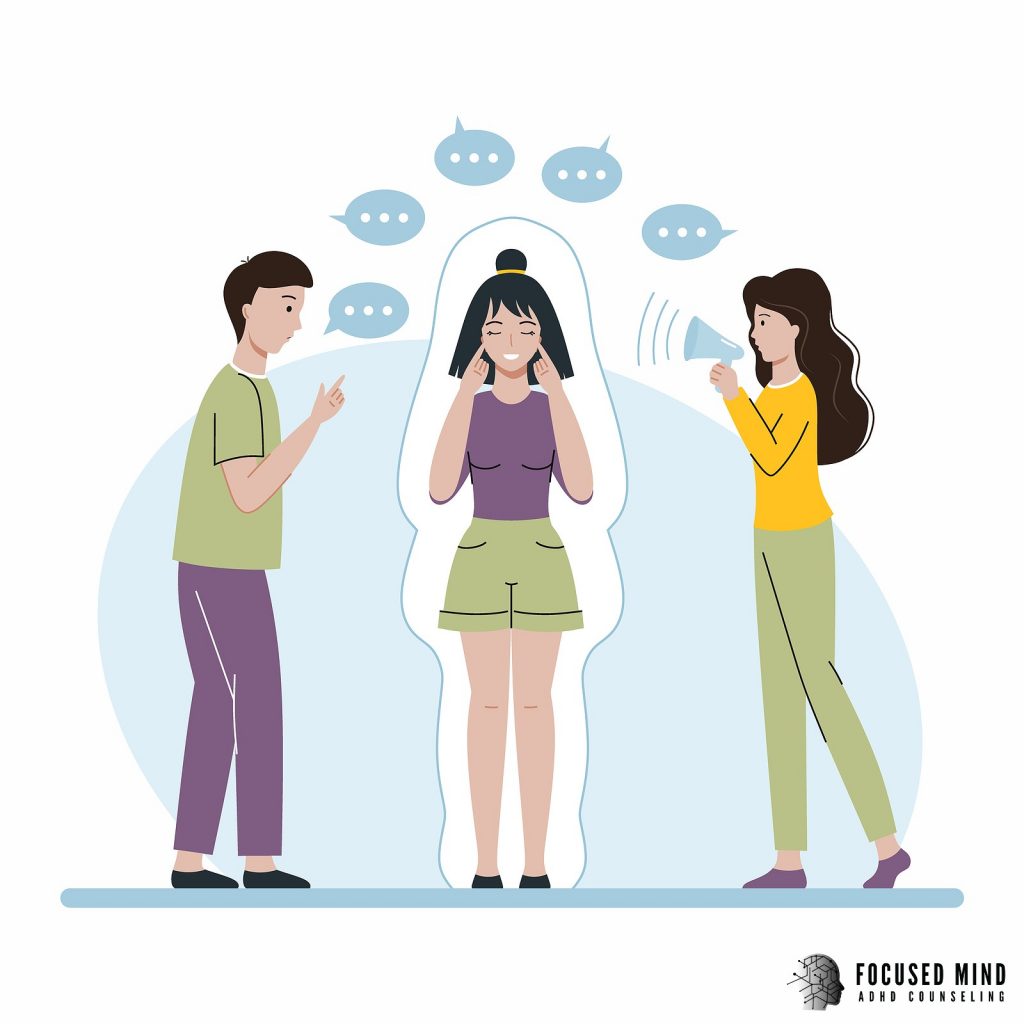
5. Instant Gratification and Delayed Rewards
The design of social media apps exploits humans’ preference for instant gratification. Clicking, scrolling, and posting provide immediate feedback, whereas real-life rewards, such as learning a new skill or developing meaningful relationships, often take time and patience. This drives teens to seek more immediate rewards through social media, reinforcing addictive behavior.
- Addiction to Immediate Feedback: Constant notifications give users a sense of immediate feedback, which can be addictive. The brain quickly learns to crave this kind of instant gratification, which is far more easily accessible online than in real life.
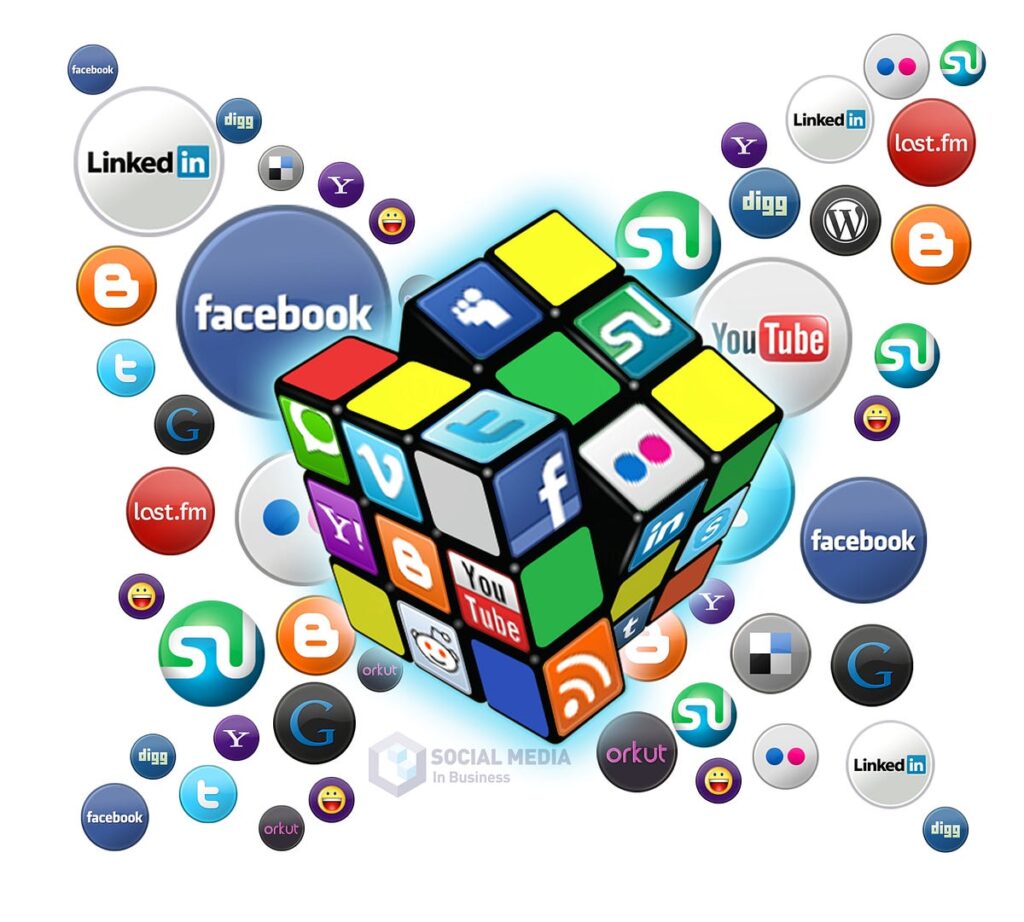
6. Escapism and Emotional Regulation
Social media can serve as an escape from real-world problems, providing a distraction from feelings of loneliness, stress, or boredom. Teens, who may struggle with emotional regulation or have trouble coping with negative emotions, often turn to their phones to avoid uncomfortable feelings or to seek out content that lifts their mood.
- Social Media as a Coping Mechanism: Engaging with content or interacting with others online can provide temporary relief from issues like social anxiety, family stress, or academic pressure. Over time, this can lead to a dependency on social media as a tool for emotional regulation.
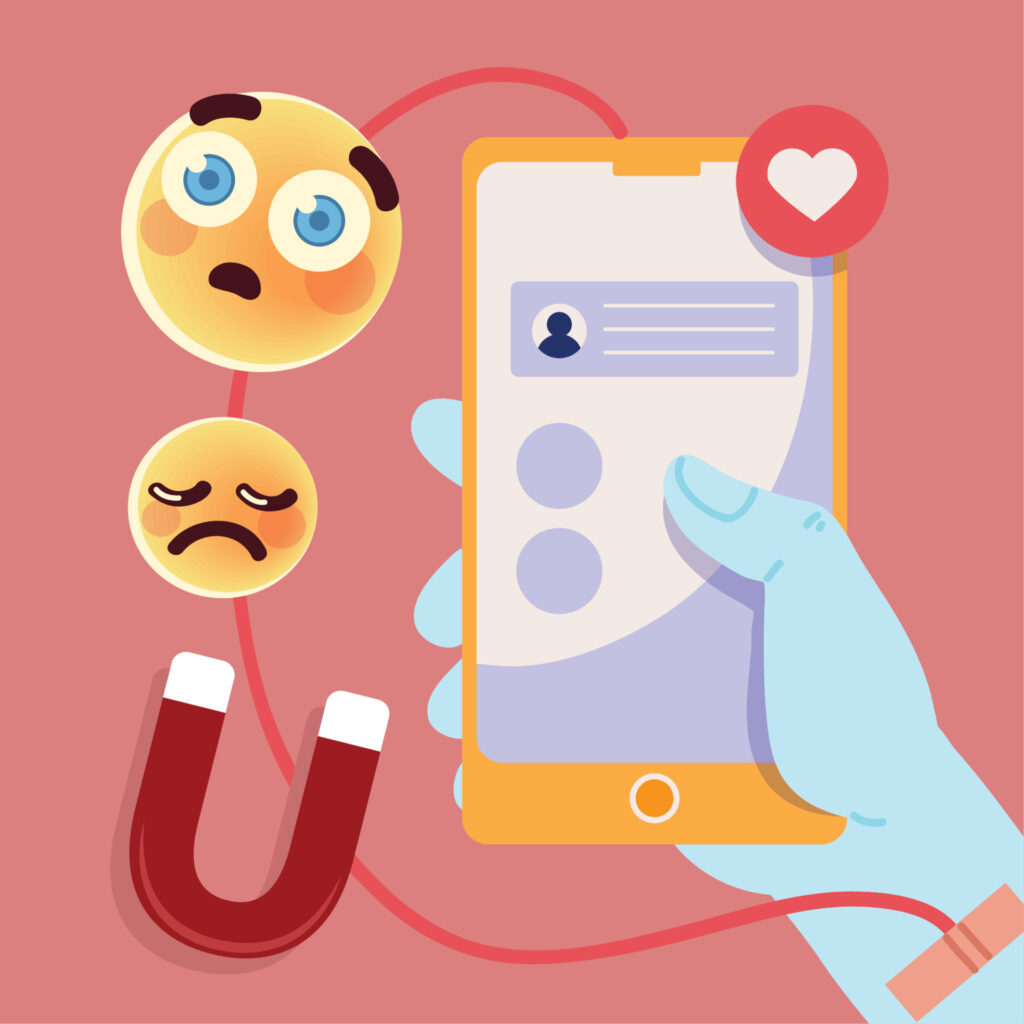
7. Continuous Availability and “Always-On” Culture
Unlike traditional forms of entertainment (TV, radio, etc.), social media is constantly accessible. Smartphones and constant connectivity create an “always-on” culture, where teens feel they have to keep checking their devices for updates. This sense of urgency and expectation to always be available contributes to the addictive nature of social media.
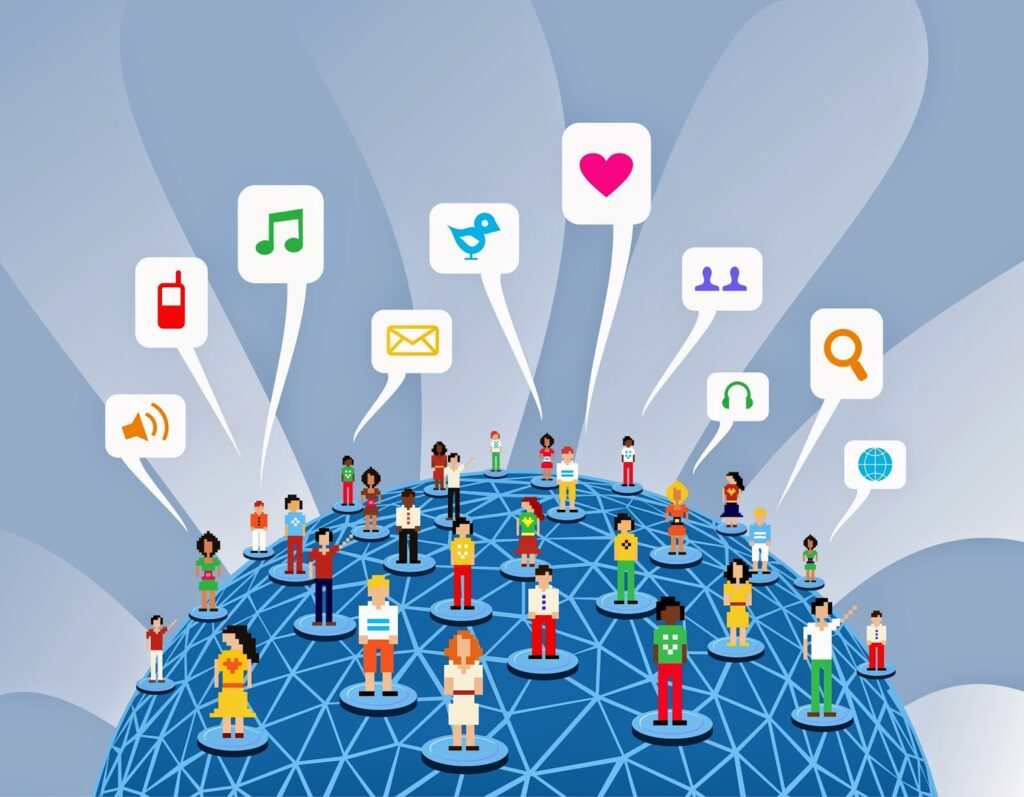
Let’s watch this short Animation that shows results of social media addiction
😢
Let’s take a step toward overcoming our social media cravings, so we don’t find ourselves lost like the individual above, trapped in unhealthy habits and silent struggles.
